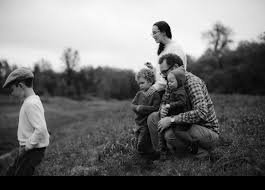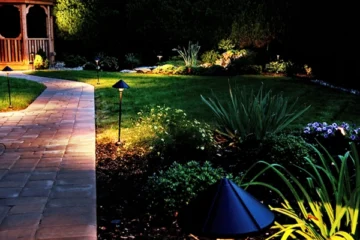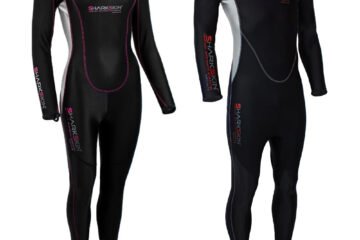With old footage often stored in outdated formats and a growing desire to preserve memories for future generations, many families are turning to technology to bring their histories to life. A family documentary can be a powerful way to relieve cherished moments, capture the essence of loved ones, and share personal stories. By converting old footage and weaving together meaningful narratives, you can create a timeless tribute to your family’s legacy, ensuring that these precious memories are passed down and celebrated for years to come.
Gathering and Organizing Old Footage
The first step in creating a family documentary is gathering all the old footage you can find. This could include videotapes, film reels, and even old photographs. Start by rummaging through attics, basements, and storage boxes for forgotten gems. Reach out to other family members who might also have valuable footage stored away. Once you’ve collected everything, it’s essential to organize it chronologically or by theme. This will help you create a coherent structure for your documentary and ensure that no critical memories are overlooked.
Labeling each piece of media with dates, locations, and the names of people involved can also aid in the organization process. Creating a digital inventory list can be helpful, especially when working with multiple types of media formats.
Digitizing and Enhancing Old Media
Old footage often comes in formats that are no longer easily viewable, such as Video 8 tapes, VHS, or Super 8 film reels. For many families, Video 8 tapes are a common example of outdated media that holds precious memories. To make these materials usable for your documentary, it’s essential to convert these Video 8 tapes into more modern, accessible formats. This not only makes the footage easier to view and edit on contemporary devices but also helps to preserve these memories for the long term. Digital files are much less susceptible to the degradation that affects physical tapes over time, ensuring that these captured moments can be enjoyed by future generations without the risk of loss due to aging media.
There are two main options for digitizing your media: doing it yourself with the appropriate equipment or opting for a professional video conversion service. While DIY methods give you hands-on control, professional services are often the preferred choice for those who want high-quality results without the hassle of managing the conversion process themselves. These services can handle various formats and often include enhancements like color correction, noise reduction, and stabilization to improve the quality of your old footage.
Crafting a Narrative
Once your footage is digitized, it’s time to craft the narrative of your family documentary. Think about the story you want to tell. Is it a chronological retelling of your family’s history, or does it focus on specific events, such as weddings, holidays, or significant life milestones? A strong narrative will guide your audience through the documentary and help them connect emotionally with the content.
Interviewing family members can add depth to your documentary. Personal anecdotes, reflections, and memories can provide context for the footage and bring the past to life. Including different perspectives and voices will create a richer and more inclusive narrative.
Editing and Adding Personal Touches
Editing is where your family documentary truly starts to take shape. Using video editing software, you can arrange your clips, add transitions, and incorporate music to set the tone. Consider adding voiceovers or text overlays to provide additional context and highlight important details. Personal touches like family recipes, letters, or voice recordings can make the documentary more intimate and unique.
Including modern-day footage can create a bridge between the past and present. Showing how family traditions have continued or how locations have changed over the years can add a poignant element to your documentary.
Sharing and Preserving Your Family Documentary
After editing, it’s time to share your family documentary with loved ones. Consider hosting a family screening event or sharing it online through a private video-sharing platform. You can also create physical copies of the documentary on DVDs or USB drives as keepsakes for family members.
To ensure that your documentary is preserved for future generations, store the digital files in multiple locations, such as cloud storage, external hard drives, or family archives. Regularly back up these files to prevent loss due to hardware failure or other unforeseen circumstances.
Conclusion
Creating a family documentary with old footage is a rewarding experience that brings your family’s history to life. By carefully gathering, organizing, and digitizing your old media, crafting a compelling narrative, and adding personal touches, you can create a lasting tribute to your family’s legacy. Whether you decide to handle the digitization yourself or use a professional video conversion service, preserving these memories will ensure that future generations can enjoy and learn from your family’s unique story. Embrace the journey of creating a family documentary, and you’ll not only preserve memories but also strengthen the bonds that tie your family together.



